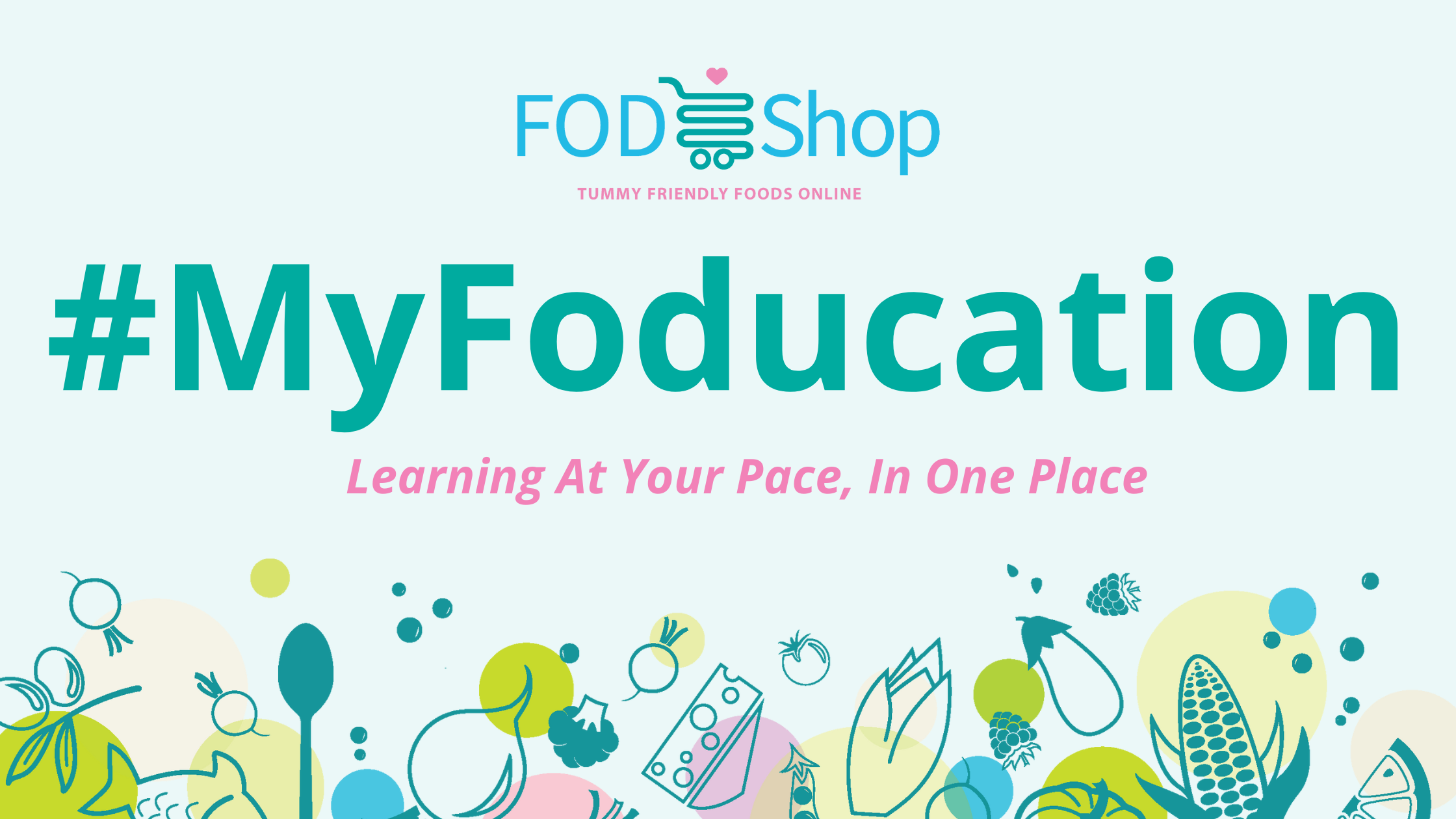- Ph: +61 435 003 412
- operations@fodshopper.com.au
"Organic Orange" has been added to your cart. View cart
"Organic Orange" has been added to your cart. View cart

Starting the year off right with a low FODMAP diet can be a game-changer for managing IBS and other digestive issues. But, with so many products on store shelves, it can be tough to know what’s safe to eat. One of the most powerful tools you have in your low FODMAP toolkit is learning how to read food labels effectively.
Why Reading Food Labels Matters
When following a low FODMAP diet, it’s important to be vigilant about the ingredients in processed foods. Many packaged products contain hidden high FODMAP ingredients like garlic, onion, wheat, or certain sweeteners that can trigger symptoms. Understanding how to read food labels will help you avoid these triggers and stay on track.
Here’s how to read food labels on your low FODMAP journey:
1. Look at the Ingredients List First
The ingredients list is your best friend. Start by scanning it for high FODMAP ingredients. Some common high FODMAP offenders to look out for include:
If you spot any of these ingredients in the first few items on the list, it’s likely best to avoid the product.
2. Look for Hidden High FODMAP Ingredients
Some ingredients may not seem like obvious high FODMAP foods but can still cause digestive issues. For example:
These ingredients are tricky, but once you get familiar with them, you’ll be able to spot them quickly on labels.
3. Check for Allergen Information
Some products that are labeled as “allergen-free” may also avoid certain FODMAP triggers, such as gluten or dairy. For example, gluten-free bread can be a great option, but make sure to check if it's made with a FODMAP-friendly flour like rice or oat flour instead of chickpea flour, which may be higher in FODMAPs.
4. Check for Low FODMAP Certification or Claims
Some brands label their products as "low FODMAP" or "suitable for IBS" with the official Monash University Low FODMAP or FODMAP friendly logo. These products are typically safe to consume, as Monash University is the authority on the low FODMAP diet and provides research-backed guidelines.
If a product doesn't carry a low FODMAP label, don’t worry! You can still determine its suitability by examining the ingredients list and checking the serving size. Many products that aren’t specifically labelled as low FODMAP can still be enjoyed if they contain only low FODMAP ingredients.
Check out products stocked at Fodshop that have the Monash University Low FODMAP Diet™ badge and Fodmap Friendly logo on them below
5. Utilize Apps and Resources
If you’re ever unsure about a product, don’t hesitate to use apps like Monash University’s FODMAP Diet App. These apps allow you to quickly search for the FODMAP content of common foods and beverages.
6. Pay Attention to Serving Size
A product may appear to be low FODMAP in its ingredients, but the serving size is key. The Monash University app provides a detailed breakdown of the low FODMAP serving sizes for various foods. Always check the serving size on the packaging to make sure it aligns with low FODMAP portions.
For instance, while some fruits like bananas are low FODMAP in smaller quantities, consuming a larger portion might push it into high FODMAP territory.
7. What to Do When There’s No Label
Many whole foods like fruits, vegetables, and meats don’t come with a label. In these cases, your knowledge of low FODMAP foods is key. Monash University has a comprehensive list of low and high FODMAP foods, and it’s worth checking out for easy reference.
For example, lean meats, seafood, and most vegetables like spinach, zucchini, and carrots are naturally low FODMAP, while items like garlic, onions, and cauliflower should be avoided.
Final Thoughts
Navigating the low FODMAP diet is all about being mindful of what goes into your body, and reading food labels is one of the most essential steps. With a little practice, you’ll soon be able to identify safe foods with confidence and avoid triggers that can upset your gut.
If you’re just starting out on your low FODMAP journey, don’t hesitate to reach out for more tips, recipes, and resources. Remember, it’s not about cutting out flavor—it’s about finding the right balance to keep your gut happy and healthy.
Stay tuned for more tips, meal plans, and resources to support your low FODMAP lifestyle! Happy eating!
Dietitians , eating out low fodmap , eating out with ibs , FODMAP , FODMAP Australia , FODMAP Blog , FODMAP diet , FODMAP dietitian , FODMAP Learning , fodshop , Foducation , Low FODMAP eating , Low FODMAP food , low FODMAP food list , Low FODMAP Foods , Low FODMAP learning , Low FODMAP Living , Low FODMAP Meals , low FODMAP supermarket finds , low FODMAP supermarket shop

Leave a reply